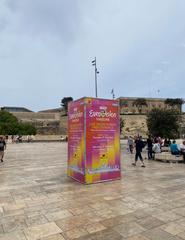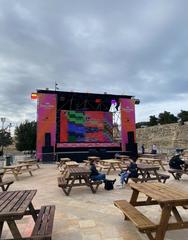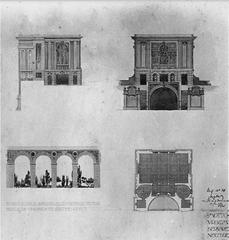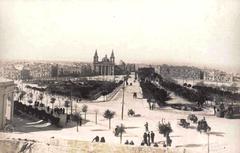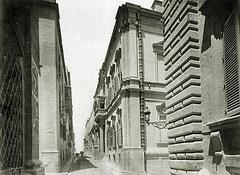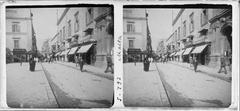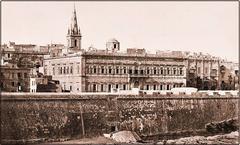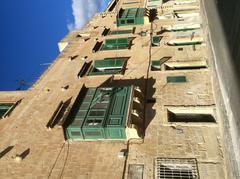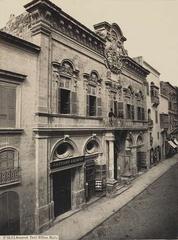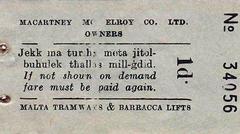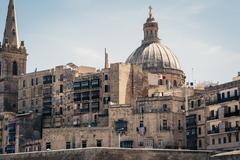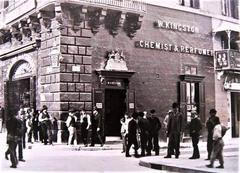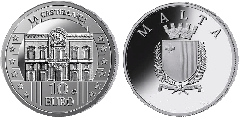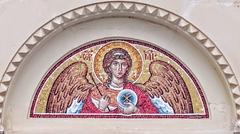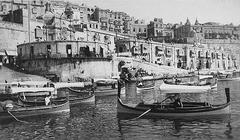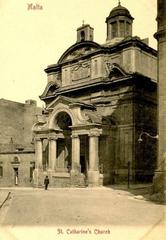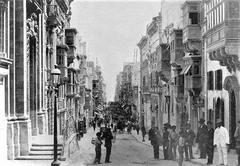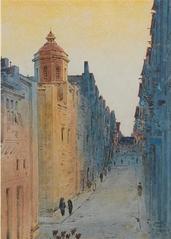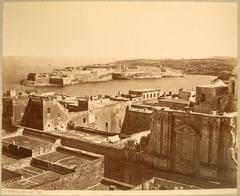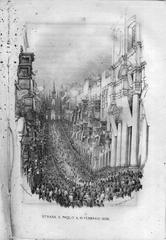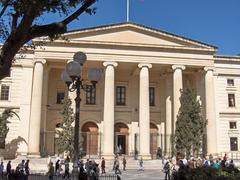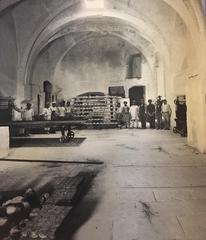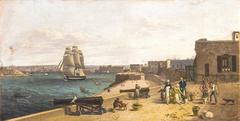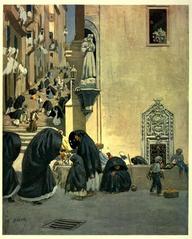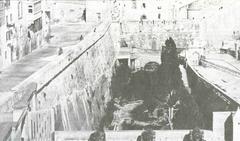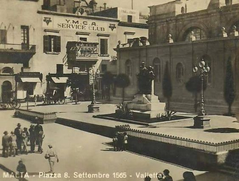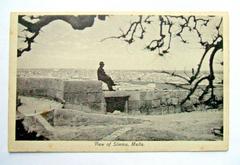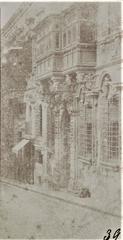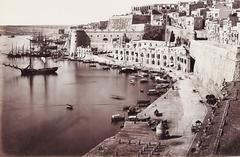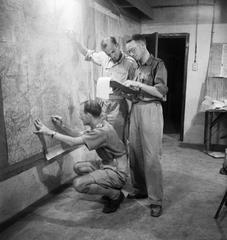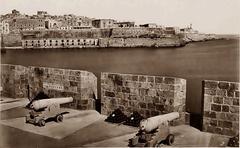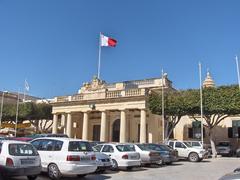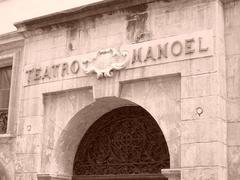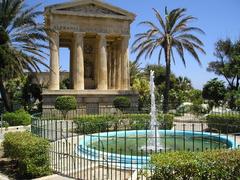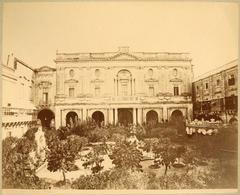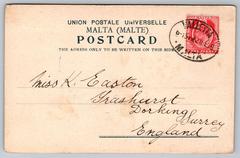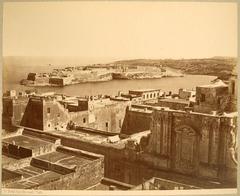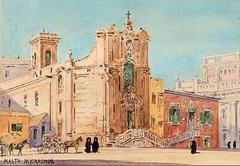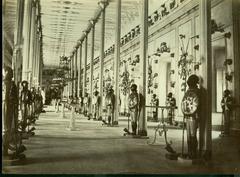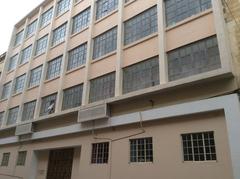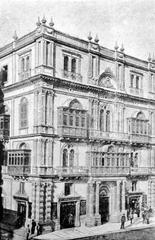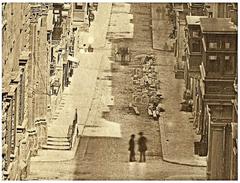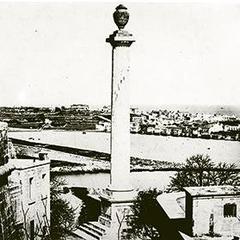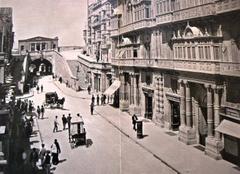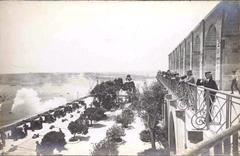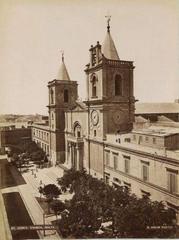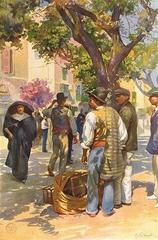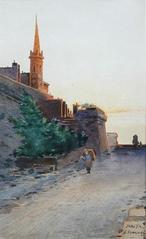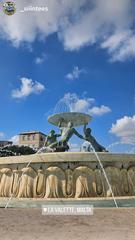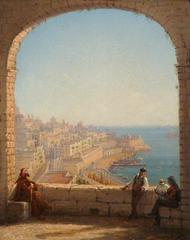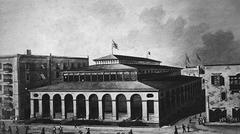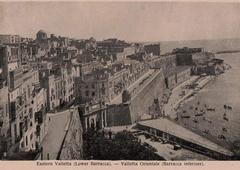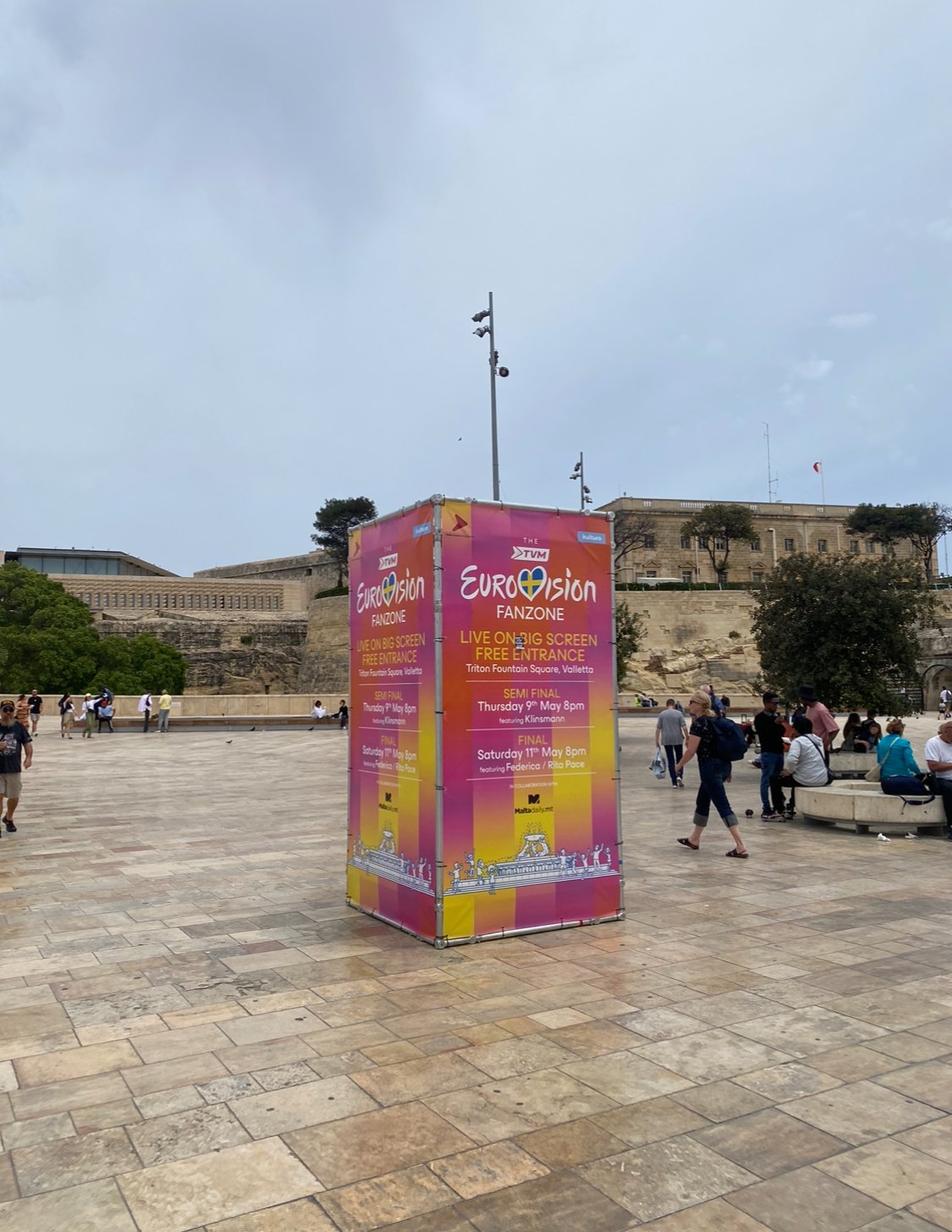
City Gate Valletta Malta: Visiting Hours, Tickets, and Historical Sites Guide
Date: 14/06/2025
Introduction
Valletta City Gate, locally known as Bieb il-Belt, stands as the symbolic threshold to Malta’s capital and a powerful reminder of the island’s dynamic history and architectural evolution. From its origins following the Great Siege of 1565 to its present minimalist design by Renzo Piano, City Gate has been reconstructed five times, each version embodying the prevailing social, political, and aesthetic values of its era. Today, City Gate serves not only as Valletta’s main entrance but also as a vibrant cultural hub, seamlessly blending centuries-old fortifications with contemporary urban life. This guide offers detailed visitor information, including opening hours, ticketing, accessibility, guided tours, nearby attractions, historical context, and practical travel tips to enhance your experience at this iconic Maltese landmark. For further exploration, consult reputable sources such as GuideMeMalta, Malita Investments, and Travelling King.
Table of Contents
- Introduction
- Visiting Valletta City Gate
- Historical Overview
- Architectural and Cultural Significance
- Urban Integration and Future Role
- Frequently Asked Questions (FAQs)
- Visitor Facilities and Practical Tips
- Visuals and Media
- References
Visiting Valletta City Gate
Visiting Hours and Entry
- City Gate Access: Open public space, accessible 24 hours a day, seven days a week. No ticket or entrance fee is required to pass through City Gate.
- Nearby Attractions:
- Malta Parliament Building: Open Monday to Friday, 9:00 AM to 5:00 PM. Guided tours available by appointment.
- Pjazza Teatru Rjal (Royal Opera House ruins): Event times vary; check official schedules for details.
Accessibility
City Gate and its immediate surroundings are designed for full accessibility. Wide, paved walkways and ramps ensure ease of movement for wheelchair users and families with strollers. While Valletta’s inner streets can be steep or stepped, primary routes from City Gate are accessible; visitors with mobility concerns can seek assistance at the nearby Tourist Information Centre.
Guided Tours & Visitor Tips
- Guided Tours: Several operators offer walking tours that begin at City Gate, providing rich historical and architectural context (Travelling King). Audio guides and maps are available at the Tourist Information Centre.
- Best Times for Photography: Early morning and late afternoon provide optimal lighting and fewer crowds, especially for photos near the Triton Fountain and along the fortifications.
- Event Awareness: Check local events calendars for festivals, concerts, and special cultural programming that often use the City Gate precinct as a focal point.
Nearby Attractions
- Triton Fountain: A landmark meeting spot and popular photo location just outside City Gate.
- Republic Street: Valletta’s main artery, lined with shops, cafés, and historic buildings.
- Upper Barrakka Gardens: Offers panoramic views of the Grand Harbour; easily accessible from City Gate.
- St. John’s Co-Cathedral & Grand Master’s Palace: Major historical sites within walking distance (ticketed entry).
Historical Overview
Early Development (16th–17th Centuries)
The original City Gate, known as Porta San Giorgio, was constructed in 1569 as part of Valletta’s initial fortifications, following the Great Siege of 1565. Designed by Francesco Laparelli and Girolamo Cassar, the first gate was a modest, rock-hewn entry reflecting urgent defensive needs. In 1632, Grand Master Antoine de Paule commissioned a more ornate Baroque-style gate, designed by Tommaso Dingli, to accommodate the city’s growing stature (Vassallo History; GuideMeMalta).
British Colonial Transformations
During British rule, the gate was reconstructed in 1853 as Porta Reale (or “Putirjal”), featuring multiple arches to better manage growing urban traffic and commercial activity. This version served Valletta’s evolving role as a colonial capital and naval hub (GuideMeMalta).
Post-War Modernism and Renzo Piano’s Redesign
After significant wartime damage, a modernist gate was erected in 1965, reflecting the era’s architectural trends but attracting criticism for clashing with Valletta’s historical fabric (LoveMalta). In 2011, this structure was demolished, paving the way for Renzo Piano’s contemporary design, which was inaugurated in 2014 (Malita Investments).
Architectural and Cultural Significance
Renzo Piano’s City Gate is a study in minimalism and contextual sensitivity. Its two large limestone blocks and steel blades reference Maltese materials and the swords of the Knights of St. John, while the V-shaped opening alludes to Valletta’s name and defensive design (WikiArquitectura; Go Travel Daily). The use of approximately 12,000 cubic meters of local limestone allows the structure to integrate harmoniously with Valletta’s historic skyline (Ramsey Stone Consultants).
Piano’s intervention also included the Parliament building and the restoration of the Royal Opera House ruins into an open-air theatre, creating a vibrant civic space that honors both heritage and progress (Malita Investments). The design, while initially controversial, is now praised for its elegant balance between preservation and innovation (Architectural Record; Architectural Review).
Urban Integration and Future Role
City Gate’s evolution parallels Valletta’s own transformation from a fortified stronghold to a cosmopolitan European capital and UNESCO World Heritage site. The area has hosted pivotal moments in Maltese history—from uprisings to celebrations of independence—and continues to serve as a focal point for both residents and visitors. As Valletta develops, City Gate remains central to its urban identity, fostering social integration, heritage preservation, and cultural vibrancy (LoveMalta).
Frequently Asked Questions (FAQs)
Q: What are the visiting hours for City Gate Valletta?
A: City Gate is accessible 24/7; there is no entrance fee.
Q: Do I need a ticket for City Gate?
A: No, entry is free. Tickets may be required for nearby attractions like St. John’s Co-Cathedral or for guided tours.
Q: Is City Gate accessible for wheelchairs and strollers?
A: Yes, the entrance and main routes are designed for accessibility.
Q: How do I reach City Gate?
A: The main bus terminus is directly outside City Gate; taxis and park-and-ride options are also available.
Q: Are guided tours available from City Gate?
A: Yes, various operators offer historical and architectural walking tours that begin at City Gate.
Visitor Facilities and Practical Tips
- Restrooms: Available near the bus terminal and Triton Fountain.
- Tourist Information: The Valletta Tourist Information Centre is a short walk from City Gate and offers maps, brochures, and multilingual staff.
- Shops and Cafés: Numerous options line Republic Street, starting at City Gate (Pack the Suitcases).
- ATM and Currency Exchange: Multiple locations near the entrance.
- Wi-Fi: Free public Wi-Fi is available in the City Gate area and throughout Valletta.
- Best Visiting Seasons: Spring and autumn offer mild weather and moderate crowds; early mornings and late afternoons are ideal for photography and a quieter experience.
Visuals and Media
- Include high-resolution images of City Gate from various eras, with alt text such as “Valletta City Gate and Triton Fountain at sunrise.”
- Embed interactive maps highlighting City Gate and nearby attractions.
- Provide links to virtual tours and official tourism videos for remote exploration (Visit Malta).
References
- GuideMeMalta
- Malita Investments
- Travelling King
- Architectural Record
- LoveMalta
- Visit Malta
- WikiArquitectura
- Go Travel Daily
- Pack the Suitcases
- Ramsey Stone Consultants
- Vassallo History
- Architectural Review
Summary
Valletta City Gate is a living testament to Malta’s resilience, creativity, and evolving identity. Open 24/7 and free to all, it provides a seamless link between the city’s storied past and its vibrant present. Whether you’re drawn by its architectural transformation, central role in Maltese history, or its function as a gateway to Valletta’s UNESCO treasures, City Gate is an essential stop for any visitor. For travel planning, event updates, and interactive tours, download the Audiala app and stay connected to Malta’s rich heritage.
